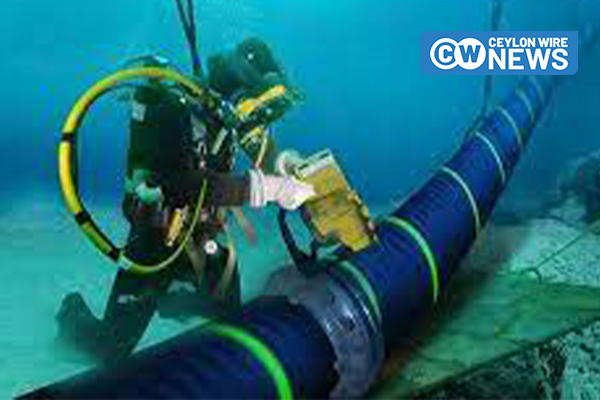Sri Lanka and India are jointly working on a groundbreaking project involving an estimated USD 1.2 billion undersea transmission line, connecting the power grids of the two nations to bolster energy security in Sri Lanka, revealed a senior Sri Lankan official on Tuesday.
The proposal aims to establish a direct power line linking Sri Lanka’s north-central town of Anuradhapura to Chennai, the capital of Tamil Nadu state in India. Following a 130km overland transmission line in India, the undersea line, facilitated by a submarine cable, will emerge at Thiruketheeswaram in Mannar in northeast Sri Lanka.
Sulakshana Jayawardena, Secretary to the Ministry of Power and Energy, expressed optimism, stating, “This will raise our hopes on energy security.” The revelation comes after the fifth meeting of the India-Sri Lanka joint working group (JWG) for cooperation in the power sector on February 28, attended by the High Commissioner of India to Sri Lanka, Santosh Jha.
Discussions during the meeting included the power grid interconnection between the two countries and the Sampur Solar Power project, to be developed by India in Sri Lanka’s eastern Trincomalee district.
Although the proposal to link Sri Lanka with the Indian power grid was initiated over a decade ago, little progress has been made. In 2023, Sri Lanka expressed hopes of implementing the transmission line within two to three years, allowing the sale of renewable power produced in the country to India.
Pankaj Agarwal, Secretary, India’s Ministry of Power, highlighted potential benefits, including cost reductions and the capacity for Sri Lanka to export power to India once offshore wind capacity is harnessed. However, there is no formal agreement in place yet, and further discussions are needed, according to Jayawardena.
The project, expected to cost USD 1.2 billion, would require the establishment of a new institution with 50% representation from Sri Lanka. Funding discussions and legal framework considerations are crucial aspects that need to be addressed for the project’s progression.
The statement from the Indian High Commission also highlighted substantial progress on the Sampur Solar Power project, with technical assistance being extended to the Ceylon Electricity Board by the Indian side.
The energy sector has been identified as a priority area in the India-Sri Lanka Economic Partnership Vision document, reflecting the collaborative initiatives in the energy sphere, including power grid connectivity and a two-way oil pipeline. India’s development partnership portfolio with Sri Lanka stands at USD 5 billion, with almost USD 600 million in grants alone.









